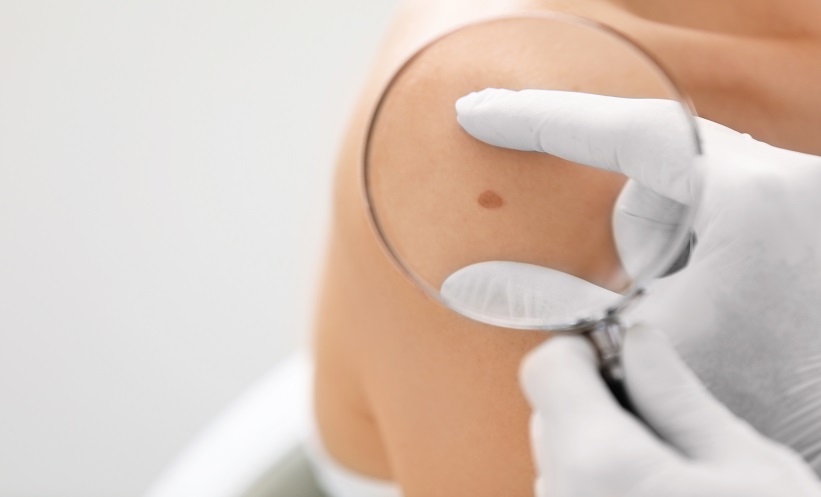A RECENT cohort study involving 144,447 participants has found a crucial threshold in melanoma risk for tumors with a Breslow thickness between 0.8 and 1.0 mm. While most patients with thin melanomas (≤1.0 mm) have excellent prognosis, the study revealed a significant increase in melanoma-related death for those with tumors closer to 1.0 mm.
The study analyzed data from Australian cancer registries and followed patients diagnosed between 1982 and 2014. Tumor thickness was categorized into two groups: those smaller than 0.8 mm and those between 0.8 and 1.0 mm. The findings show that melanoma-related mortality risk for tumors in the 0.8 to 1.0 mm range is nearly double compared to those under 0.8 mm.
Specifically, 20-year melanoma-specific survival rates were 94.2% for tumors under 0.8 mm, compared to 87.8% for those in the higher risk group. Multivariable analysis confirmed that tumors of 0.8 mm to 1.0 mm thick have a significantly higher risk of melanoma-related death, with a hazard ratio of 2.98.
Importantly, the risk of death from nonmelanoma-related causes remained similar across both thickness groups, suggesting that the increased mortality risk is specific to melanoma progression.
These findings suggest that a 0.8 mm Breslow thickness threshold could be pivotal in guiding clinical decisions for patients with thin primary melanomas, emphasizing the need for more tailored treatment approaches for those with thicker lesions.
Reference: Lo SN et al. Risk of Death Due to Melanoma and Other Causes in Patients With Thin Cutaneous Melanomas. JAMA Dermatol. 2024. doi:10.1001/jamadermatol.2024.4900.
Anaya Malik | AMJ








